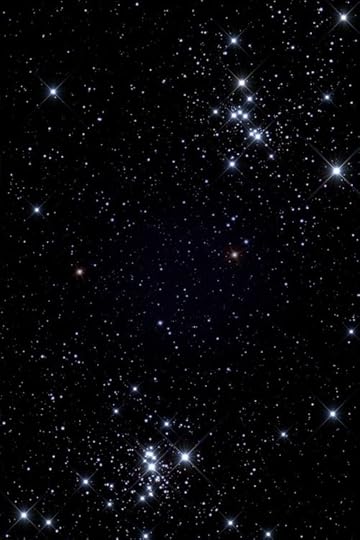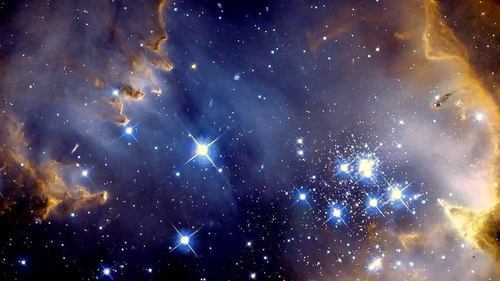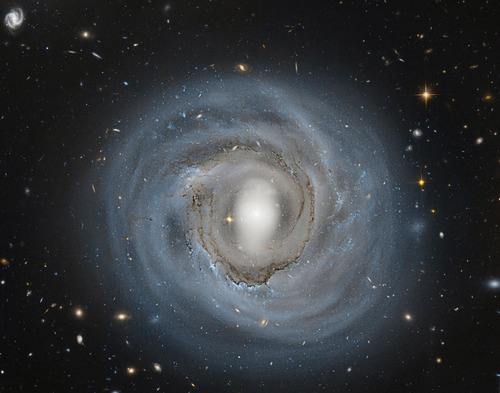Raeden Zen's Blog, page 282
December 8, 2013
kenobi-wan-obi:
Perseus Double Cluster by Richard Hammar
...

Perseus Double Cluster by Richard Hammar
The Double Cluster (also known as Caldwell 14) is the common name for the naked-eye open clusters NGC 869 and NGC 884 (sometimes designated h Persei and χ Persei, respectively, but those designations would really apply to both clusters and to a visually nearby star), which are close together in the constellation Perseus. [**]
astrodidact:
This image depicts bright blue newly formed stars...

This image depicts bright blue newly formed stars that are blowing a cavity in the centre of a fascinating star-forming region known as N90.
The high energy radiation blazing out from the hot young stars in N90 is eroding the outer portions of the nebula from the inside, as the diffuse outer reaches of the nebula prevent the energetic outflows from streaming away from the cluster directly. Because N90 is located far from the central body of the Small Magellanic Cloud, numerous background galaxies in this picture can be seen, delivering a grand backdrop for the stellar newcomers. The dust in the region gives these distant galaxies a reddish-brown tint.
Credit: NASA, ESA and the Hubble Heritage Team STScI/AURA)-ESA/Hubble Collaboration
astrodidact:
Anemic Spiral NGC 4921 from Hubble
How far away is...

Anemic Spiral NGC 4921 from Hubble
How far away is spiral galaxy NGC 4921? Although presently estimated to be about 310 million light years distant, a more precise determination could be coupled with its known recession speed to help humanity better calibrate the expansion rate of the entire visible universe. Toward this goal, several images were taken by the Hubble Space Telescope in order to help identify key stellar distance markers known as Cepheid variable stars. Since NGC 4921 is a member of the Coma Cluster of Galaxies, refining its distance would also allow a better distance determination to one of the largest nearby clusters in the local universe. The magnificent spiral NGC 4921 has been informally dubbed anemic because of its low rate of star formation and low surface brightness. Visible in the above image are, from the center, a bright nucleus, a bright central bar, a prominent ring of dark dust, blue clusters of recently formed stars, several smaller companion galaxies, unrelated galaxies in the far distant universe, and unrelated stars in our Milky Way Galaxy.
Image Credit: Data - Hubble Legacy Archive, ESA, NASA; Processing - Roberto Colombari
Posted by NASA APOD. For full resolution:http://apod.nasa.gov/apod/ap131125.html




















